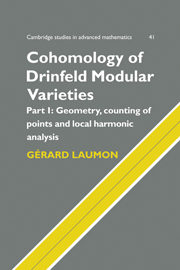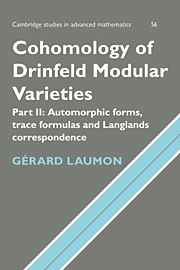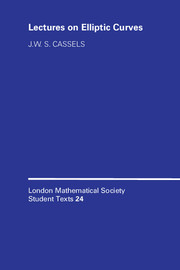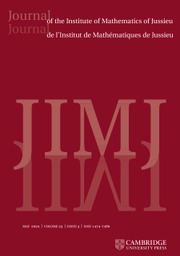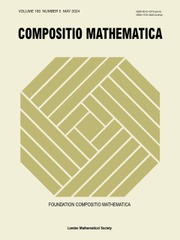Cohomology of Drinfeld Modular Varieties
Originally published in 1995, Cohomology of Drinfeld Modular Varieties aimed to provide an introduction, in two volumes, both to this subject and to the Langlands correspondence for function fields. These varieties are the analogues for function fields of the Shimura varieties over number fields. The Langlands correspondence is a conjectured link between automorphic forms and Galois representations over a global field. By analogy with the number-theoretic case, one expects to establish the conjecture for function fields by studying the cohomology of Drinfeld modular varieties, which has been done by Drinfeld himself for the rank two case. The present volume is devoted to the geometry of these varieties, and to the local harmonic analysis needed to compute their cohomology. Though the author considers only the simpler case of function rather than number fields, many important features of the number field case can be illustrated.
- Includes the Langlands correspondence
- Author is well placed to write
- Based on graduate courses in USA
Reviews & endorsements
"...these two volumes contain many results that are new and important....they are also the best source available for learning about the approacj to zeta functions via the theory of automorphic representations. They contain a wealth of information, theorems, and calculations, laid before the reader in Laumon's superb expository style....these two volumes are a welcome addition to the literature on automorphic representations and are highly recommended." Jonathan David Rogawski, Mathematical Reviews
Product details
December 2010Paperback
9780521172745
360 pages
229 × 152 × 20 mm
0.53kg
Available
Table of Contents
- 1. Construction of Drinfeld modular varieties
- 2. Drinfeld A-modules
- 3. The Lefschetz numbers of Hecke operators
- 4. The fundamental lemma
- 5. Very cuspidal Euler–Poincaré functions
- 6. The Lefschetz numbers as sums of global elliptic orbital integrals
- 7. Unramified principal series representations
- 8. Euler-Poincaré functions as pseudocoefficients of the Steinberg relation
- Appendices.

